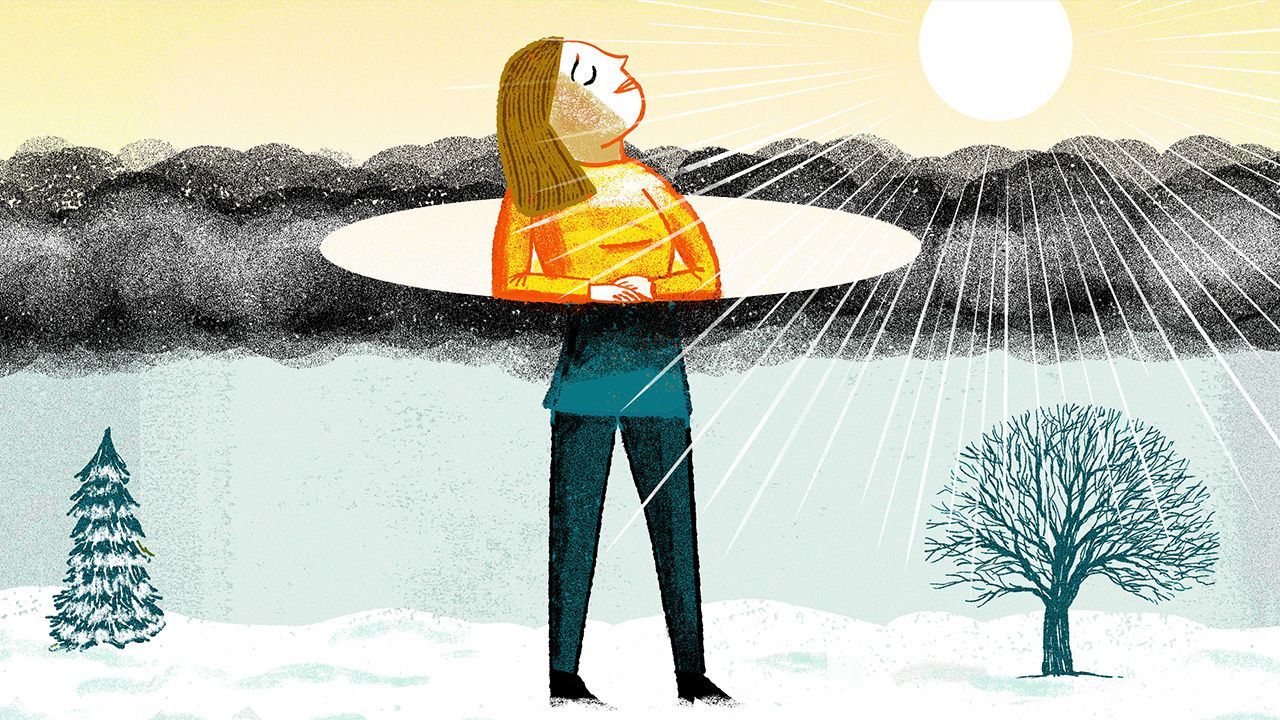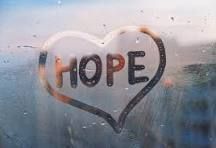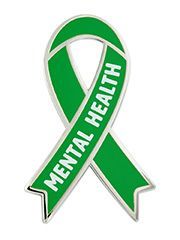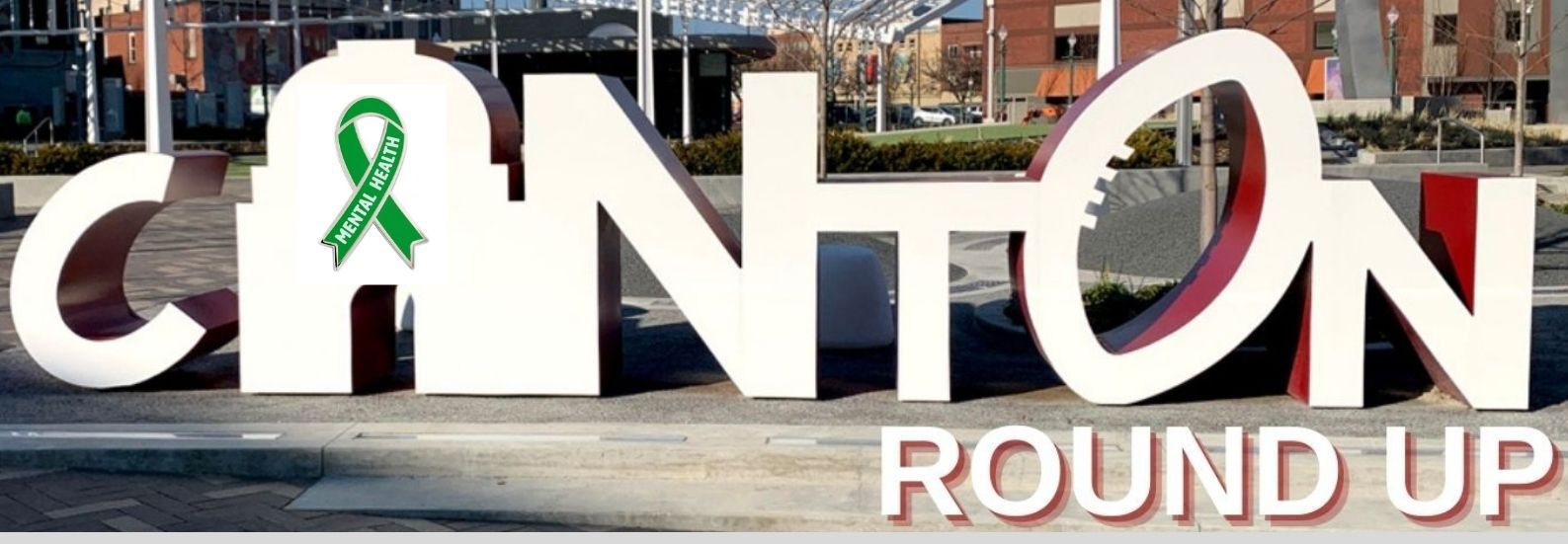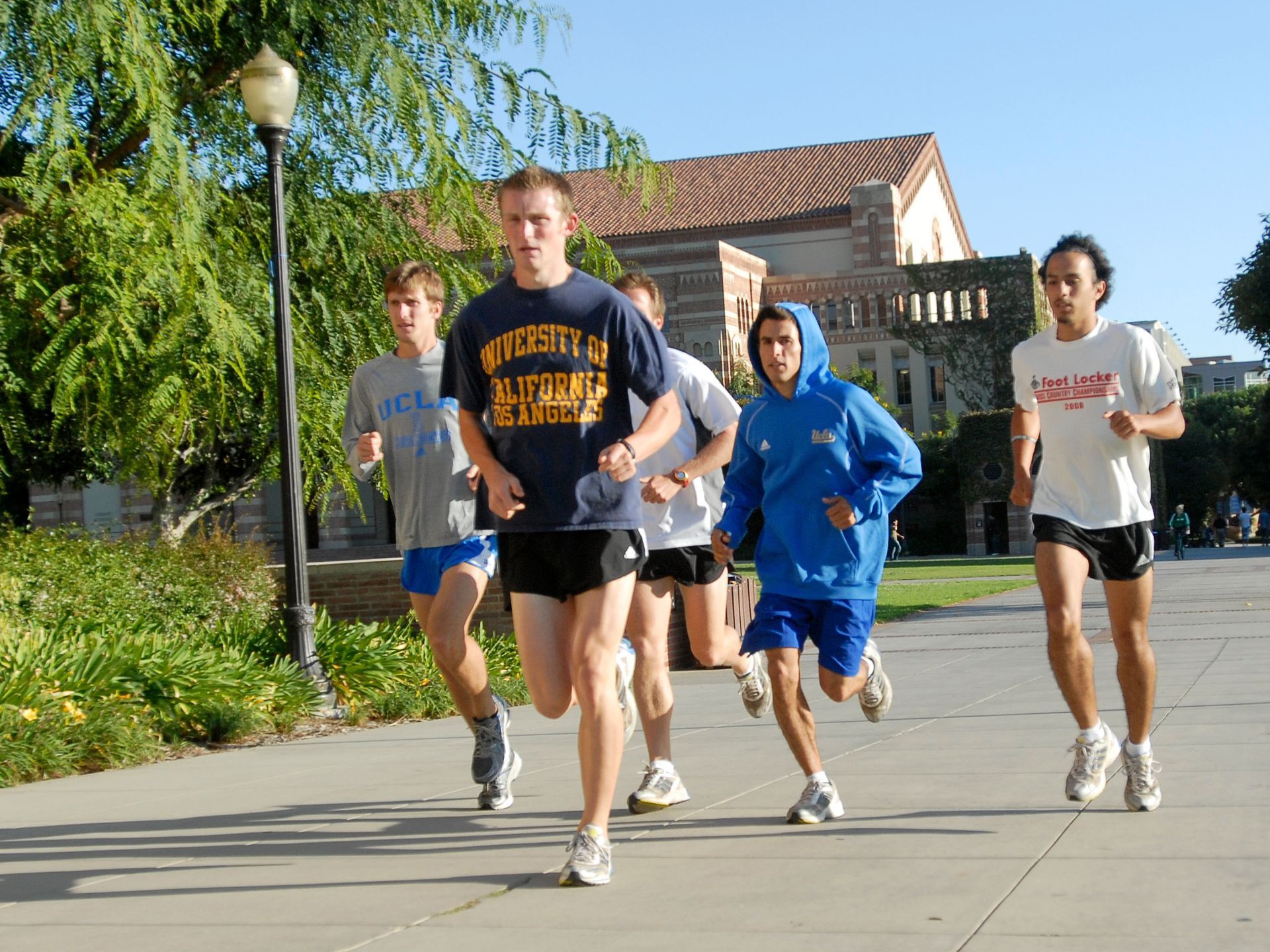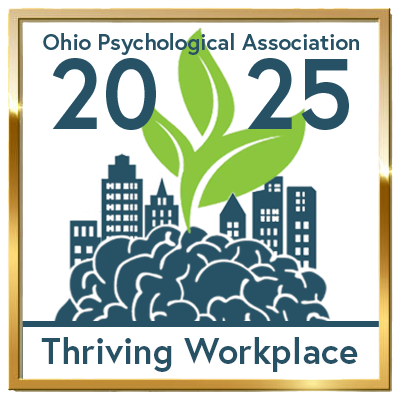Child and Adolescent Behavioral Health (C&A) has many activities taking place throughout the month to bring awareness to youth mental health. Gratitude is an excellent self-care tip. There are multiple ways for you to give and express your gratitude by participating in these events.
So, how may you express a grateful heart that benefits C&A and gives you a sense of self-care? Here are some different ways.
Canton Round-Up
C&A is sponsoring its first Canton Round Up. The Canton Round Up is a way for community members to support downtown businesses and restaurants while at the same time rounding up your final bill or make a donation at the cash register to support youth mental health. Participating restaurants have a poster displayed in their business and a donation box – no amount is too small. Proceeds from this fundraiser support C&A’s youth program and services.
Fourteen area businesses are participating in the Round-Up. The businesses are: Arcadia Grille, Carpe Diem, Cherry Blend Coffee Roasters, Conestoga Grill, Fromage du Monde, George’s Lounge, Grapes In A Glass, H2 Huth & Harris Restaurant, Jerzee’s Café, Johnny Look Out Pizza, Kendall & Blue Boutique, Milestone Games, Muskellunge Brewing Co. and Sparta Steakhouse & Lounge.
Stark Flavor, a website that promotes area restaurants, has partnered with C&A for this exciting event. The restaurant/business that brings in the most donations during the month of May will earn the Stark Flavor Trophy. This two-foot trophy will take residence in the business for a year.
Duck Derby
C&A’s second annual Duck Derby is taking place virtually again May 26 at noon on Facebook Live. Participants can adopt one duck for $10 or a Quack Pack (5 ducks) for $40. After adopting a rubber duck, participants can name the duck.
This is a unique fundraiser taking place on the West Bank of the Nimishillen Creek in North Canton. The first duck to cross the finish line wins $500, second place earns $150, third place wins $50 and if your duck is the last to float across the finish line, you will win a pizza card.
Proceeds from the second annual Duck Derby also support programs and services offered by the agency.
Self-Care Tips
Earlier this month, C&A presented its fourth annual Stark County Schools Mental Health Awareness Week. This year, 27 student mental health champions from 14 area high schools created 30 self-care videos. Please click on this link - https://www.youtube.com/playlist?list=PLXuvOjyAS6FqB9fdQXmDG0O4F97XD-IBr to listen to some wonderful self-care tips.
Maintaining positive mental health is vital to also maintaining good physical health. Here are some easy to implement self-care tips on a gradual basis:
- Exercise – start out slow and gradually build up to a comfortable sustainable pace. Exercise can include walking, running, riding a bicycle, weightlifting or yoga.
- Socialization – isolation can be detrimental to one’s health. Plan a simple get together with family or friends to talk, have dinner or sit by a bon fire.
- Listen to music – listening to music in the car, office or with headphones while exercising can help elevate your mood, reduce stress and symptoms of depression, stimulate memories, manage/ease pain and helps people eat less.
- Eat healthy snacks – snacks are an important part of your diet. Snacks provide energy in the middle of the day. Healthy snacks include fresh fruits and vegetables; frozen fruit; fruits canned in water or their own juice; whole grain bread; crackers or cereals; lower fat yogurt; lower fat cheese; unsalted nuts, seeds and their butters; and hummus.
- Get plenty of rest – the benefits of getting enough sleep include reduced stress and anxiety, improved moods, decreased blood pressure, chronic pain relief, improved immune health and stronger cardiovascular system.
This month, you can make a difference with your mental health and the mental health of our youth. Take the opportunity to make a positive change in your life.
If your child is in need of emotional, behavioral or trauma youth mental health services, please call Child and Adolescent Behavioral Health at 330.433.6075.
*Dan Mucci is the author of this blog post. He is C&A’s marketing and development coordinator. Mucci has more than 20 years of writing experience. To learn more about the services the agency offers, visit www.childandadolescent.org or email dmucci@childandadolescent.org.
RECENT POSTS



